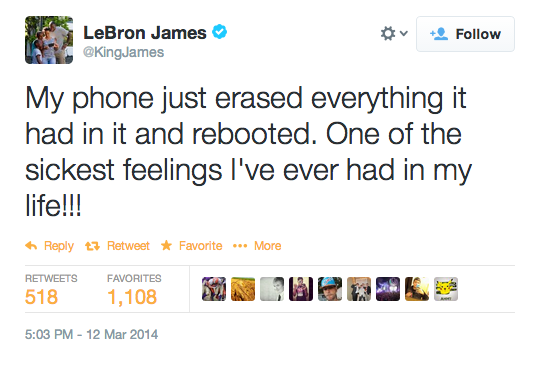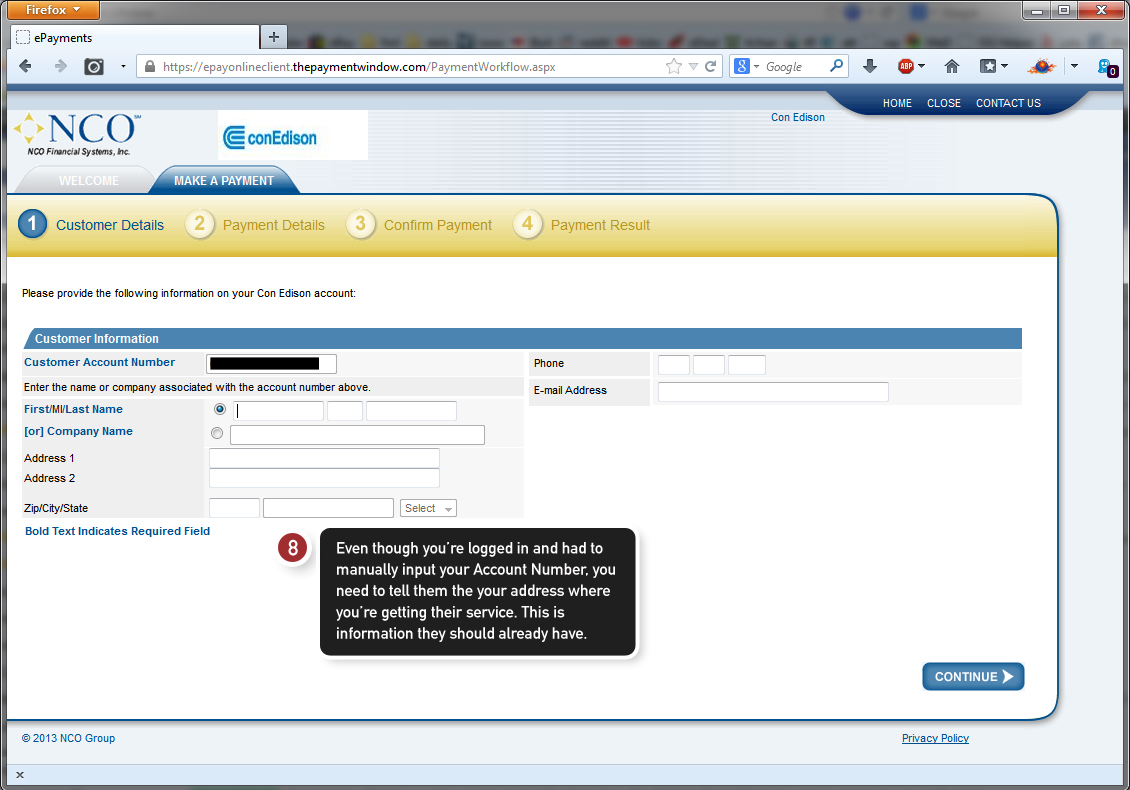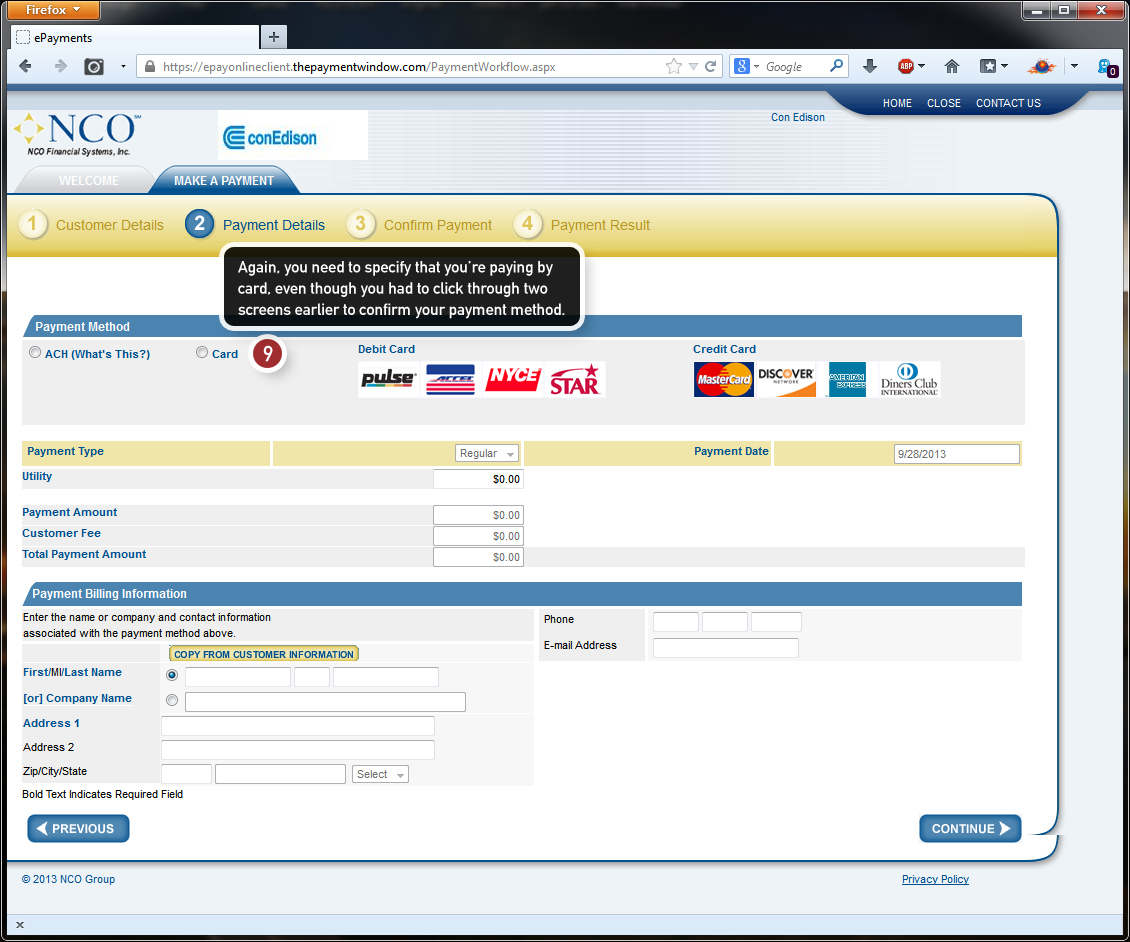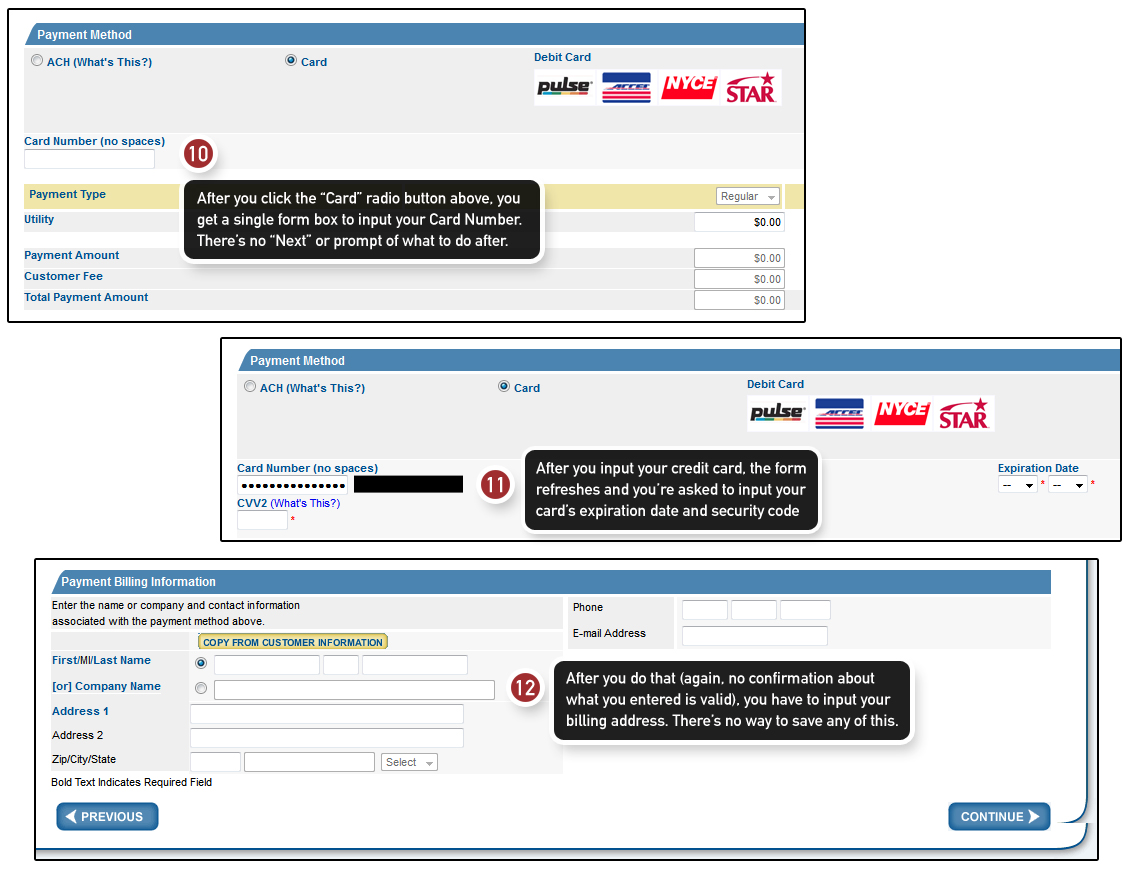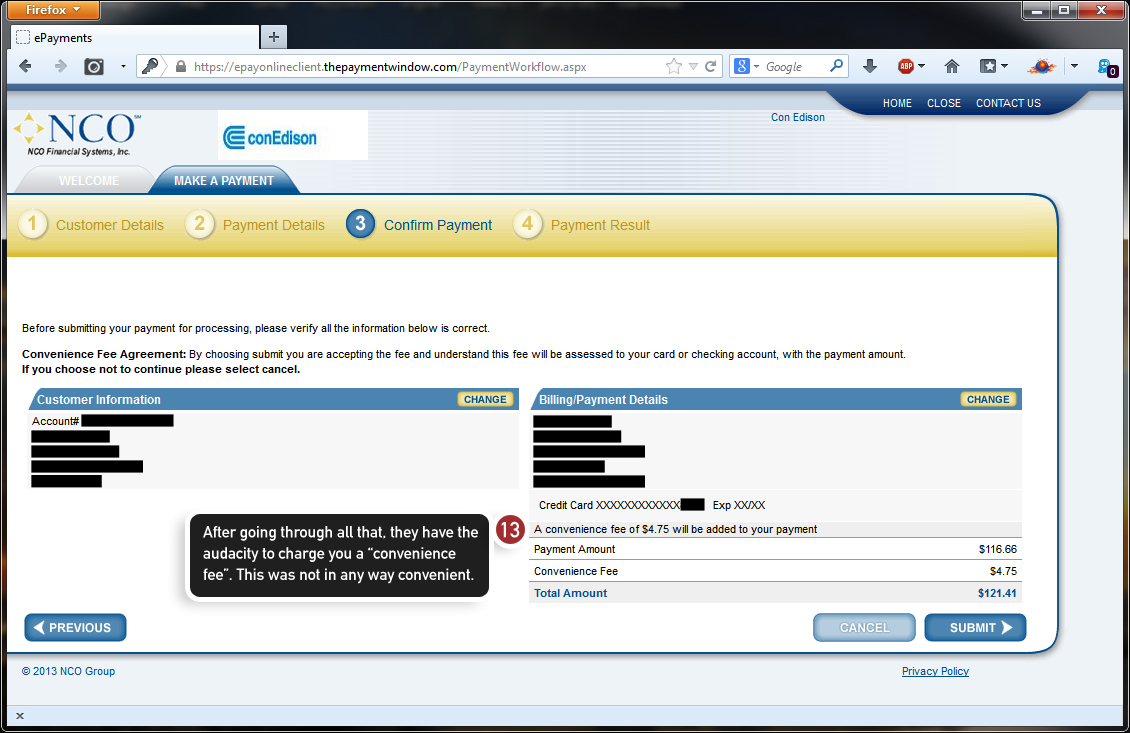I was invited to attend the Mobile Media Upfront presented by the Mobile Media Summit in New York City on May 19. There were many presenters from my employers’ family of companies (GroupM and WPP) as well as some who worked with my clients. There were many recurring themes, including current deficits in mobile analytics, the need for stronger cohesion in media tactics, the fact that mobile should be measured through its own metrics, and the general notion that mobile’s time is now and it’s here to stay.
Below are a summary of some of the favorite tracks I attended, as well as some live Tweets. As always, the points and POVs presented below belong to the representative speakers and inclusion does not indicate an endorsement.
Featured Fireside Chat: Babs Rangaiah, Vice President, Global Media Innovation & Ventures, Unilever
Babs Rangaiah (Unilever), James Smith (Verve)
Babs shared insights into Unilever’s mobile strategy, including both strengths and weaknesses, and where the future of mobile marketing is from a global perspective. He shared the difficulties involved with marketing across different regions, as well as unique marketing opportunities that are available only in developing markets.
Babs Rangaiah (@Babs26) of Unilever- "MVP" strategy: made for mobile, visually social, personalized for users. #MobileUpfront2014
— Kenny Chung (@kennySHARKchung) May 19, 2014
Unilever not harnessing personalization of content that well for mobile yet, but social networks help a lot for user data #MobileUpfront2014
— Kenny Chung (@kennySHARKchung) May 19, 2014
Create content or curate it as a brand first, then customize it for devices and target groups, according to @Babs26 #MobileUpfront2014
— Kenny Chung (@kennySHARKchung) May 19, 2014
App Marketing Done Right
Spencer Scott (Fiksu), Jonathan Anastas (Activision), Stuart Meyler (Beeby Clark+Meyler), Lewis Goldman (MetLife), Ian Beacraft (Leo Burnett)
This was a great panel with tons of actionable insights on how to coordinate all marketing channels and efforts to connect with users throughout their consumer journey, and not necessarily via a mobile-first approach.
Whether the brand or agencies own the relationships, everyone must be aligned before app launch. #MobileUpfront2014
— Kenny Chung (@kennySHARKchung) May 19, 2014
Monthly usage is a better engagement metric than app downloads. Be where your customers are. Provide them value. #MobileUpfront2014
— Kenny Chung (@kennySHARKchung) May 19, 2014
According to IDC, Android makes up 78% of global market, but only 1/2 of the sales of iOS. Freemium is the way to go. #MobileUpfront2014
— Kenny Chung (@kennySHARKchung) May 19, 2014
App stores are not very conducive to SEO. Drive users directly to the app via deep links, QR codes, etc. #MobileUpfront2014
— Kenny Chung (@kennySHARKchung) May 19, 2014
Brand Experiences in the Mobile World
Sal Candela (Undertone), Andrea Wolinetz (PHD Network), Eric Korsh (DigitasLBi), Amanda Zaky (Mars Chocolate N.A.), Danny Englander (Mobext)
This panel focused on the importance of context when marketing in the mobile space, without overstepping the bounds of users’ “personal time”.
Example of mobile-first: Cablevision used IP bridging to geolocate customers to make them aware of nearby WiFi hotspots. #MobileUpfront2014
— Kenny Chung (@kennySHARKchung) May 19, 2014
Content without context is just an ad, according to @erickorsh #MobileUpfront2014
— Kenny Chung (@kennySHARKchung) May 19, 2014
Creative in a Mobile World
Harry Kargman (Kargo), Mark Jackson (McCann Worldgroup), Eric Weisberg (JWT New York), Glenn Sheehan (GSD&M), Gregg Colvin (Universal McCann)
This track focused on creative solutions for bringing brands to the mobile consumer (not exclusively within the bounds of digital ads). In addition to the points below, Etsy was brought up as a disruptive service, WWF was brought up for their Snapchat campaign for endangeres species, and Kit Kat was praised for its partnership with Android.
McCann and Vodafone created a digital public library – a "wallpaper" with QR codes that let people download free books. #MobileUpfront2014
— Kenny Chung (@kennySHARKchung) May 19, 2014
DHL in Sweden disrupted supply chains with MyWay, a method of crowdsourcing last-mile delivery (a model similar to Uber). #MobileUpfront2014
— Kenny Chung (@kennySHARKchung) May 19, 2014
Zyrtec created the AllergyCast app, which leveraged geo/weather info to help users identify seasonal allergens. #MobileUpfront2014
— Kenny Chung (@kennySHARKchung) May 19, 2014


